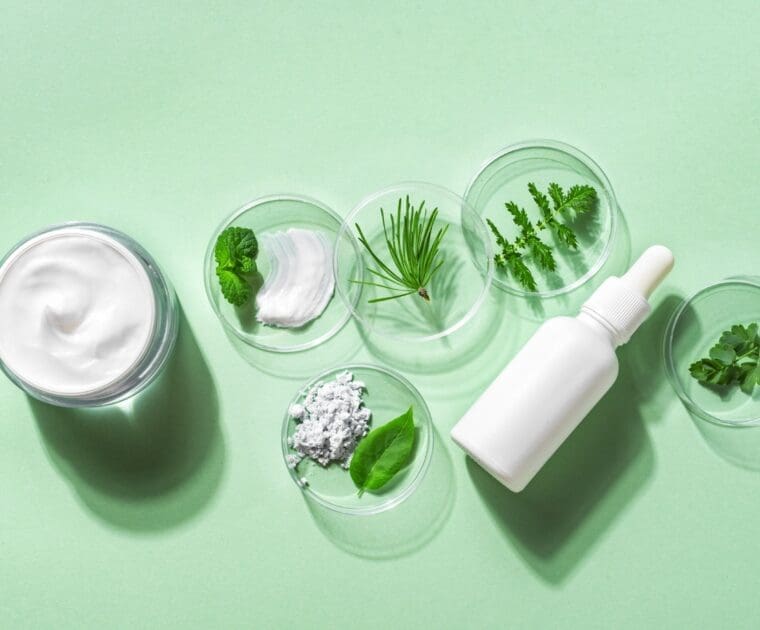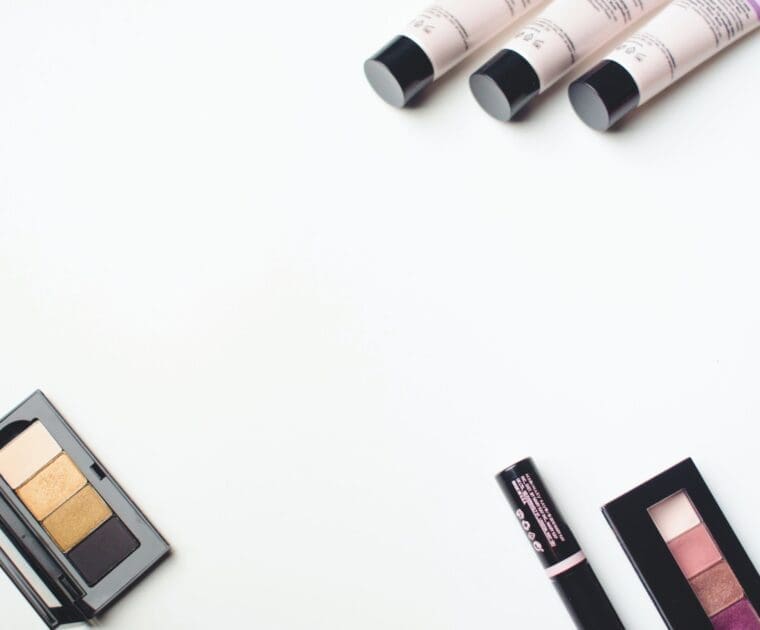The EU Cosmetics Regulation establishes that only products for which a legal or natural person is designated within the European Union as Responsible Person (RP) can be placed on the market.


The EU Cosmetics Regulation establishes that only products for which a legal or natural person is designated within the European Union as Responsible Person (RP) can be placed on the market.

Stay informed on upcoming cosmetic regulatory changes. Learn about the deadlines and new requirements for compliance in 2024.


Find us at Hall 16, Booth H/32 I/31 to explore Regulatory Strategies for Cosmetics in Global Markets.

Join our new live webinar February 15th: MoCRA deadline has passed-what it means for your cosmetic business to sell in the USA

Find out the 2024 updates regarding Medical devices, In-Vitro diagnostics, cosmetics, construction products, toys and more!

Join our new live webinar on January 17th: the FDA has launched their online portal for product listing and facility registration

Get ready for an exciting collaboration as Obelis Group and Cosmetics Europe – The Personal Care Association come together to present an engaging roundtable discussion on December 7, 2023.

Join our newt live webinar on December 4th: US – based companies – what the latest information from the FDA means for you

Join our newt live webinar on November 15th: Non-US based companies – how to comply with MoCRA